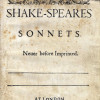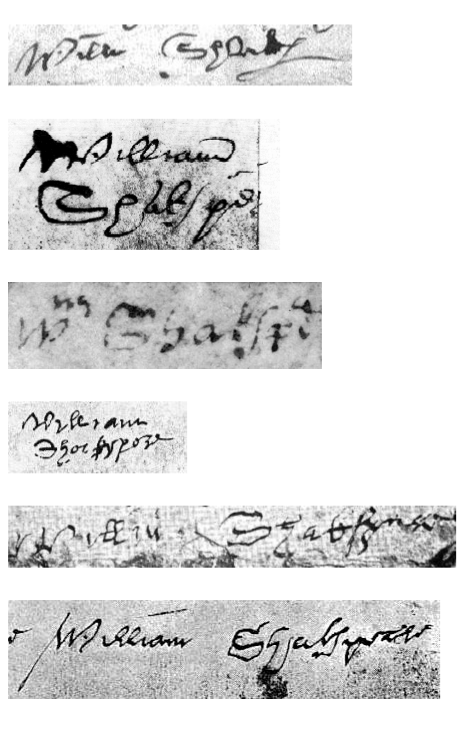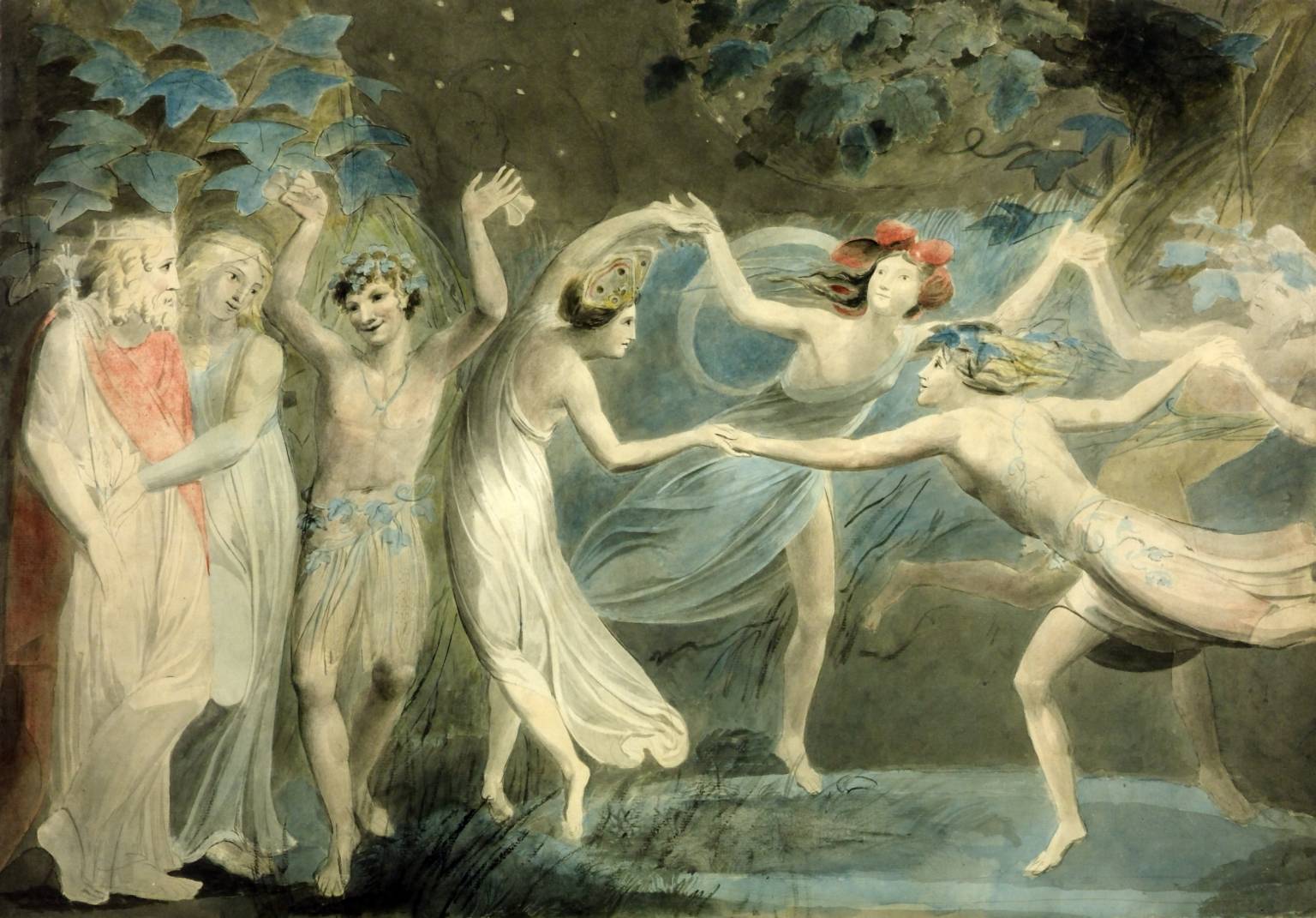
Shakespeare and Elizabethan England’s Royal Court Political Marketing
What do we really know about Shakespeare? Art, Education, Power of Mind, defaultLearning from the Imperial Elizabethan England about mind-manipulation, art, and Shakespeare's cultural heritage
Was "the Stratford man" a front for a powerful literary group of writers that included the English contemporary writers, Bacon, and Marlowe, etc. used by the Queen Elizabeth and her predecessors for their political marketing, and why does this matter today?
No letters or signed manuscripts written by Shakespeare survive. The appearance of Shakespeare's six authenticated signatures, indicate that he was illiterate or barely literate.

Shakespeare's six authenticated signatures
So when you read Lady Macbeth’s “Come, you spirits / That tend on mortal thoughts, unsex me here,” during your 10th grade English class, or: “Make thick my blood, Stop up th’ access and passage to remorse.” do you ever wonder, is this how it was originally written?
Shakespeare's authorship was first questioned in the middle of the 19th century by Joseph C. Hart in “The Romance of Yachting” (1848). Hart argued that the plays were written by many different authors. Shakespeare has never overseen the publication of his plays in his retirement. So controversial, by 1884, the question had produced more than 250 books.
Now if the Imperial Elizabethan England and its predecessors had managed to sell us, researchers, scholars, and history and book lovers, an illiterate poet for the most supreme world’s writer, that tells us all about how powerful and unbreakable the political marketing machine is, but also how good the writer was, so we were all both hypnotised by his most amazing insights into human nature, and his work that was distributed all around the Globe. Let me tell you more…
What do we really know about Shakespeare?
Shakespeare (1564-1616) was born, brought up, and buried in Stratford-upon-Avon, a market town of around 1,500 residents about 160 km west of London.

William-Shakespeare image, has been argued to be a life portrait of William Shakespeare, a National Trust property, once identified as Shakespeare. The Cobbe original was only identified in the collection of the Anglo-Irish Cobbe family in 2006.
Shakespeare's father, John Shakespeare, was a glove-maker. He married Mary Arden. Both signed their names with a mark, a proof that the household was illiterate. Shakespeare's daughter Judith, also signed a legal document with a mark. In 1601, William Shakespeare was entitled to use the honorific "gentleman" after his father's death. Shakespeare had a large estate when he died on 23 April 1616 in Stratford. A wealthy man he was meticulous about his possessions (his silver, etc.). Yet he left behind not a single book, nor did he leave any musical instruments, though the plays refer to 26 instruments. He made no mention of his manuscripts or writing.
How was the London’s Education and Theatre Life during the 16th and 17th Century?
In Elizabethan England there was no compulsory schooling. Most children's lives revolved around the family, the farm and the church. The children of noble families were few and were taught by tutors at home but, from the age of 7 to 14, children of a lower standing could go to Grammar Schools - the most common institute at the time. The time was not an easy one for the English, the problem of poverty increased, and more people meant there was more demand for goods, so prices rose, but wages fell.
This was the first time that the Government offered formal education to those able to pay the necessary fees at preparatory schools. The education was seen as a luxury. Study as a pursuit of knowledge was only limited to the clergy. The universities were entirely male-dominated but had now offered courses in subjects other than religious matters.
The universities were organised to be carried out in small groups and with one-to-one tuition. The universities never lost their ties to the Church, and many clergymen took a higher degree in divinity. The clergy has now attended university even when not from the elite families. So the way to get your child educated was to send him to the Church. During the century, some 500 students were welcomed each year at Oxford and Cambridge University.
In 1593 the theatres were shut during the plague. Now I wish you to digest this information properly. In 1593 the theatres were shut during the plague. From 1592 to 1593, London experienced its major plague outbreak. During this period, at least 15,000 people died of plague within the City of London. London in 1592 was a partially-walled city of 150,000 people made of the City of London and its surrounding parishes. Queen Elizabeth had ruled for 34 years. Due to increasing economic and food shortages, disorder had grown among the underclasses in the city. Plague had been present in England since the Black Death, since the 15th century.
After our experience of Covid, we are now very aware of this scenario, occasionally the disease was transmitted to human population with disastrous results for trade, farming, and social life. Just to give you an idea of the outbreaks, during the late 1580s to early 90s an outbreak at Newcastle in 1589 killed 1727 residents by January 1590. With only 150,000 Londoners, that number makes a huge percentage. Plague spread south and north in England's countryside contaminating reservoirs around farms and towns.
London's theatres, had been temporarily closed by city authorities and had their shutdown orders extended. Queen Elizabeth's royal court had decided not to host the annual Accession Day celebrations not to contaminate the royal court. In Elizabethan England there was no compulsory schooling. Most children's lives revolved around the family, the church and the farm or workshop
The Company of Parish Clerks began regularly keeping and publishing records of plague mortality on 21 December 1592. Government orders forbidding performances at theatres were again extended, into 1593.
Queen Elizabeth's royal court evacuated to Windsor Castle such as they did during the first recorded plague of 1563. Death and infection rates rose steadily during the winter months, Government letters indicated that the plague was "very hot" in London by 12 June 1593.
During this time Marlowe and Kyd had died. The original theatre was demolished in 1597. In 1598 a new playhouse on the South bank of the Thames, named Globe, was established.

Procession of Characters from Shakespeare's Plays by an unknown 19th-century artist
The theatre I have visited frequently, when living in London, is circular, with three tiers of galleries looking down upon the yard, which is open to the sky, elements, sun and rain. The actors come forward into the midst of the audience playing, singing, and performing the most amazing and insightful plays. Over the stage there is a roof. The plays are always a small and an Intimate affair. It is so personal, that the audience is given umbrellas when it is raining.
Who Wrote Shakespeare?
"Who Wrote Shakespeare?", an intricate question asked repeatedly over a number of decades during the last century.
Using a pseudonym of Shakespeare as a writer or a publishing house or a theatre house, could have been a convenient business strategy of the Elizabethan England’s Educational Minister or the Queen Elizabeth herself.
What do we really know about Shakespeare?
All we know for certain is that ShaXpere, or Shaxberd was born in Stratford in 1564, he was an actor whose name is printed, with the names of his fellow actors, in the collected edition of his plays in 1623 seven years after he has died.
The marriage records tell us he married Anne Hathaway, the death records indicated the year of 1616 as his death-year.. Where history hits the legend, apparently everything that had happened to Shakespeare happened on his birthday, in April, on St George's Day, he had published his first ever sonnet on his birthday when he was exactly 29, he died on St George’s day.
His first ever published poem was called “Venus and Adonis” and was dedicated to Earl of Southhampton (got funded by…), making it a success. The poem was reprinted nine times in the next few years. A year later he had published “The Rape of Lucrece”, also a poem dedicated to Southhampton.
In 1603, when Queen Elizabeth died, King James named the group: “The King’s Men.” They performed frequently at Court. The company was a “Fellowship of Players” who were all partners and profit-sharers. At the time an important actor was a Clown and no women were allowed to act.
The Shakespeare body of work includes the following plays:

Oberon Titania and Puck with Fairies Dancing By William Blake 1786 Tate Museum the UK
The History of the British rulers and the Empire -
Hamlet, Macbeth, Henry IV: Part 1, Henry IV: Part 2, Henry V, Henry VI: Part 1, Henry VI: Part 2, Henry VI: Part 3, Henry VIII, Richard III, Sir Thomas More, Julius Caesar,
Edward III, Titus Andronicus, Timon of Athens, King Lear, Richard II, King John, Anthony & Cleopatra
Not political subjects
Romeo & Juliet, Measure for Measure, The Merchant of Venice, Coriolanus Pericles, The Tempest, As You Like It, The Two Noble Kinsmen, Love’s Labour’s Lost, Much Ado About Nothing, The Comedy of Errors, Othello, The Taming of the Shrew, The Merry Wives of Windsor, The Two Gentlemen of Verona, A Midsummer Night’s Dream, All’s Well That Ends Well, Twelfth Night, or What You Will, Troillus & Cressida, Cymbeline, The Winter’s Tale
Poems:
The Passionate Pilgrim, The Rape of Lucrece, Venus & Adonis, Sonnets to Sundry Notes of Music, A Lover’s Complaint, The Phoenix and the Turtle, The regular 154 Sonnets
The Marlowe Society Did you know that the Marlowe Society was formed by the researchers who believed that Christopher Marlowe wrote the plays attributed to Shakespeare?
Were the plays written by a more accomplished writer, or was there a more than one writer, is the question, scholars have been trying to answer? But this also answers the question – Should we trust Shakespeare’s choice of subjects, political themes, the depiction of the British politicians during the 17th century.
What do our wise editors say?
Most editors have agreed that the plays were in various ways altered after Shakespeare had written them. A close examination of a tiny classic of the original Macbeth in my hands, 90pgs of A5 paper, reveals that some scenes had been also shadow-written, a “collaboration” of various actors or students, the practice lavishly done at the time. Polishing the plays for the royal audience and in such a way re-making them was also the norm.
Perhaps the Elizabethan England has used the authors for their political marketing, to communicate the message of their ruler-ship not as Kings and Queens that have struggled immensely during the plague but a culturally superior nation that has moved out of the disease with writers that have written 100s of plays.
Christopher Marlowe, happens to have been born in the same year, as Shakespeare, in 1564. The famous play writer was apparently murdered in an English tavern after a fight, but some claim he has escaped to France and from there, for the next 20 years, has written the plays. It is also possible that some of his remaining plays were “sold” or “kept” and later re-used by the King, the Queen or the group.
Looking at the time-frame of the events, all the Shakespearean conspiracies get a stronger and more profound sense of reality, the work could have belong to Marlowe, or some other writers, could have been edited and “enhanced” in numerous ways, a number of times, the wisest editors have edited the old English, the best educated translators have translated the works in to all the languages of the world, and now we hold a copy that is unrecognisable by all the implemented changes.
The beauty of the written expression was enhanced, over and over again, since the 17th century. Reading the stories we were all hypnotised by the English Supreme Court’s tactics, by how clever Queen Elizabeth was, by the schooling that was so established to produce such prolific writers, by the manners, by the politics, and all of it was presented to us by a writer, a poet, an actor. What a most amazing political strategy!
What does the latest technology say?
Scholars have suspected that Marlowe may have had a hand in those three histories, but it took the team of 23 Shakespeare experts to find evidence for the claim. Using computerized textual analysis the team identified phrases such as “glory droopeth” as used only by Marlowe, but one which Shakespeare wouldn't use. A powerful algorithm differentiated passages written solely by Shakespeare, those written only by Marlowe and passages in which the two collaborated.
Since then, the textual analysis has shown that 17 of Shakespeare’s 44 plays are collaborative.






Shakespeare and Elizabethan England’s Royal Court Political Marketing No comments on Shakespeare and Elizabethan England’s Royal Court Political Marketing: